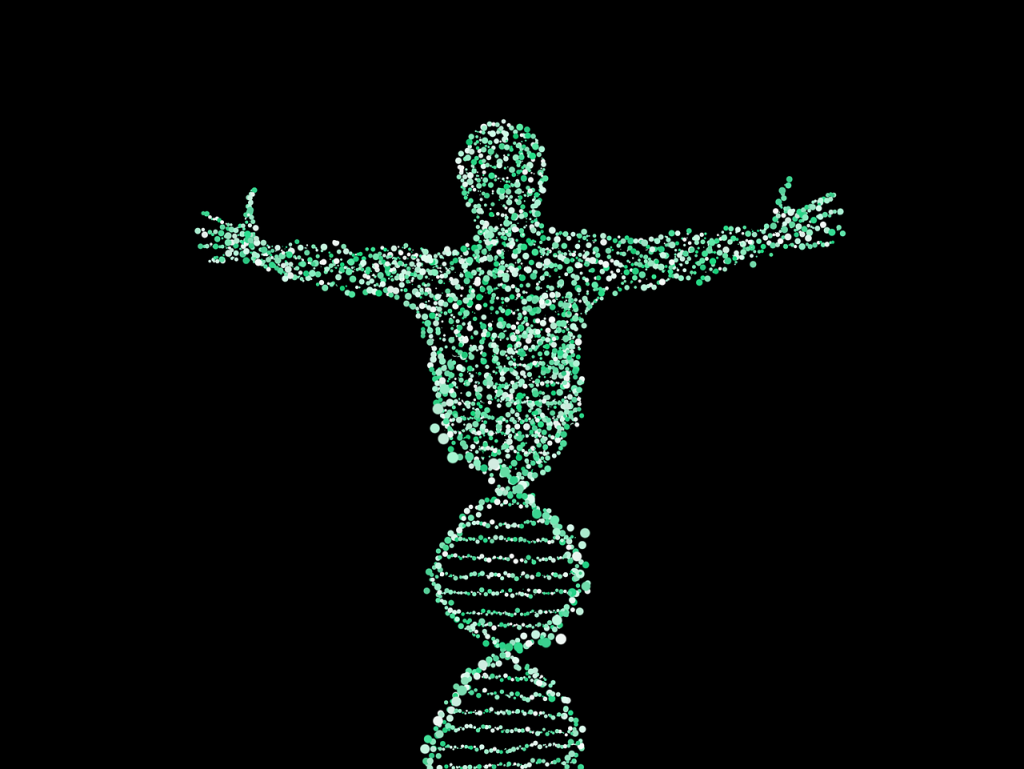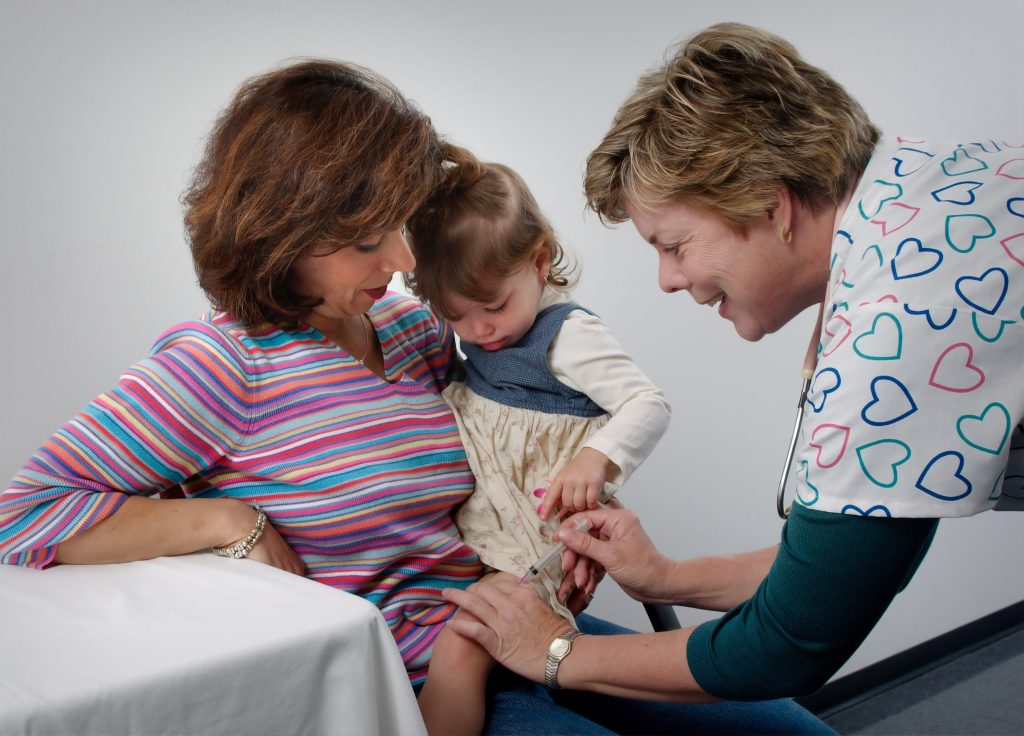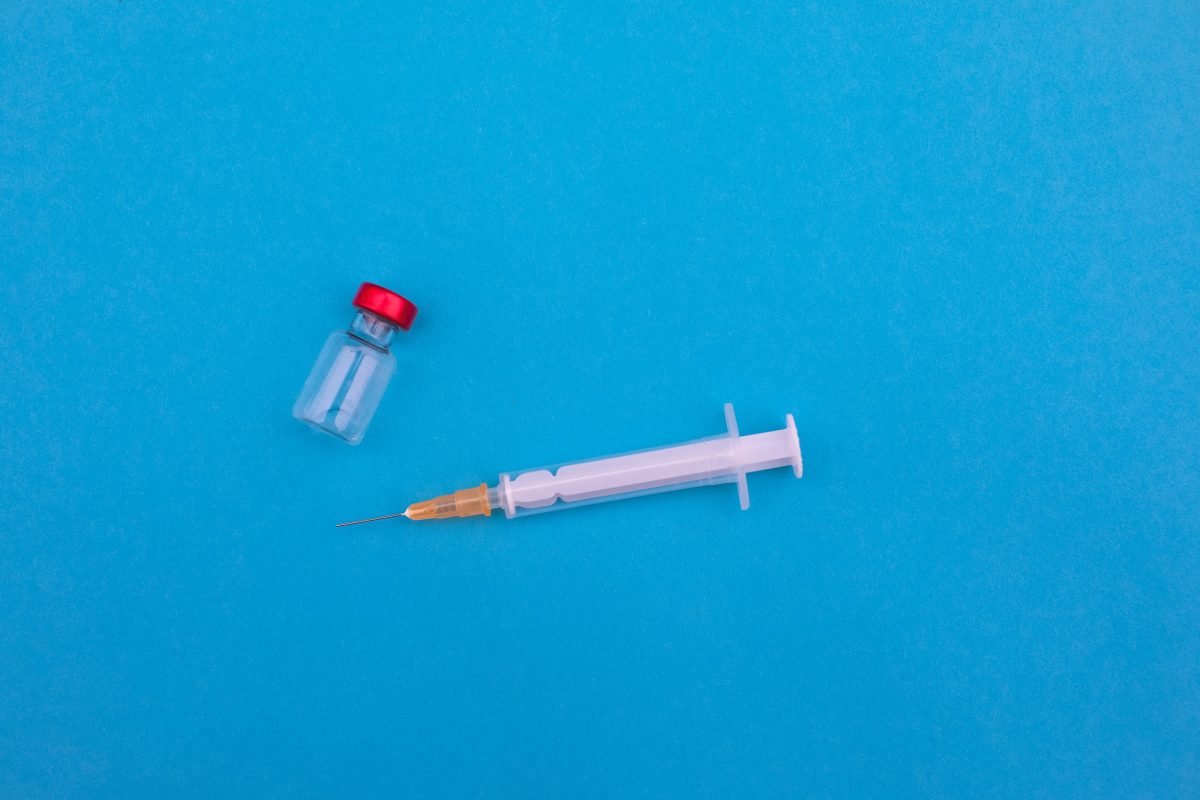Derived from the Latin immunatis, the word immunity means exemption from liability. In biology, immunity is the body’s ability to fight the disease causing organisms and the system that enforces immunity in the human body is called the immune system. Let’s have an introduction to body's defense mechanism:
Immunity can be categorised into two:
- Innate Immunity
- Acquired Immunity
Innate Immunity
This is a nonspecific defense which is present at the time of birth. It is ensured in the following ways:
- Physical Barriers: This includes our skin which prevents the entry of microorganisms, the mucus linings present in our body in the respiratory, gastrointestinal and urogenital tracts.
- Physiological Barriers: In case microbes do enter the body, they are stopped by the acid in our stomach, saliva in the mouth and tears from eyes which come under the category of physiological barriers.
- Cellular Barriers: Certain white blood cells in the blood or tissues engulf the microbes.
- Cytokine Barriers: When a cell gets infected, it prevents the spread of the microbes by secretion of a protein called interferon. These cells act as cytokine barriers.


Acquired Immunity
This immunity is dependent on the type of microbe entering the body. The foreign particle that enters is termed as pathogen. As soon as it enters, the body gives a low intensity response to defend itself, called primary response. If the same pathogen again enters, the body’s immune system triggers a more powerful response, called the secondary or anamnestic response. This is only possible because cells have “memory”. The immune system remembers the pathogens that have already attacked and develops immunity against them. These responses are executed by two specific lymphocytes: B-lymphocytes and T-lymphocytes.
B-lymphocytes are responsible for producing a horde of proteins, called antibodies, to combat pathogens in our bloodstream. T-lymphocytes help in the production of antibodies but do not produce it themselves. A single molecule of the antibodies has four peptides chains - two light chains and two heavy chains which is represented as H2L2.


Various combinations of antibodies protect the human body and the immunity acquired due to them is termed as a humoral immune response because these antibodies are formed in haemoglobin or blood. T-lymphocytes cause cell-mediated immune response. This is significant when any organ transplant takes place. Due to this immunity, the body recognises its own and foreign organs. In order to avoid an immune response, a match closest to the initial organ’s genes is found.
Active Immunity and Passive Immunity
Active immunity is the one in which the microbes are either living or dead or in the form of proteins. It is a time taking process. Passive immunity is the one where ready-made antibodies are introduced in the body through vaccination. Another form of passive immunity is the consumption of colostrum by a new-born through its mother. During pregnancy also, the mother passes on some antibodies to the foetus.


Vaccination and Immunisation
We’ve discussed how the ability of the cells to have memory causes a secondary immune response. This property of cells is used as the basic principle of vaccination. Inactive and weak pathogens are deliberately introduced in the body and the body recognises them from memory launching a full attack and produces massive antibodies against it. When the actual pathogen attacks, the body is fully prepared for it. The immunisation of this sort is termed as passive immunisation.
How to boost immunity?
With the introduction to the way our body defends itself we can learn to maintain our immune responses by having healthy eating habits and avoiding junk food. Antibodies are basically protein, hence, correct amount of protein intake will help our body be better prepared.






